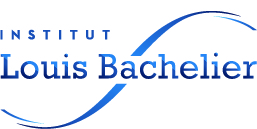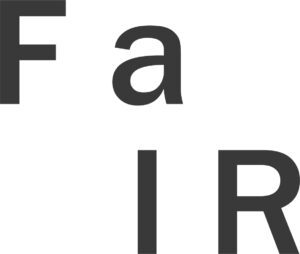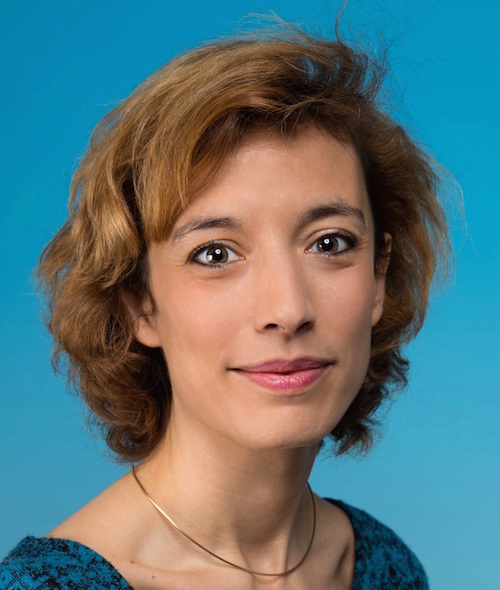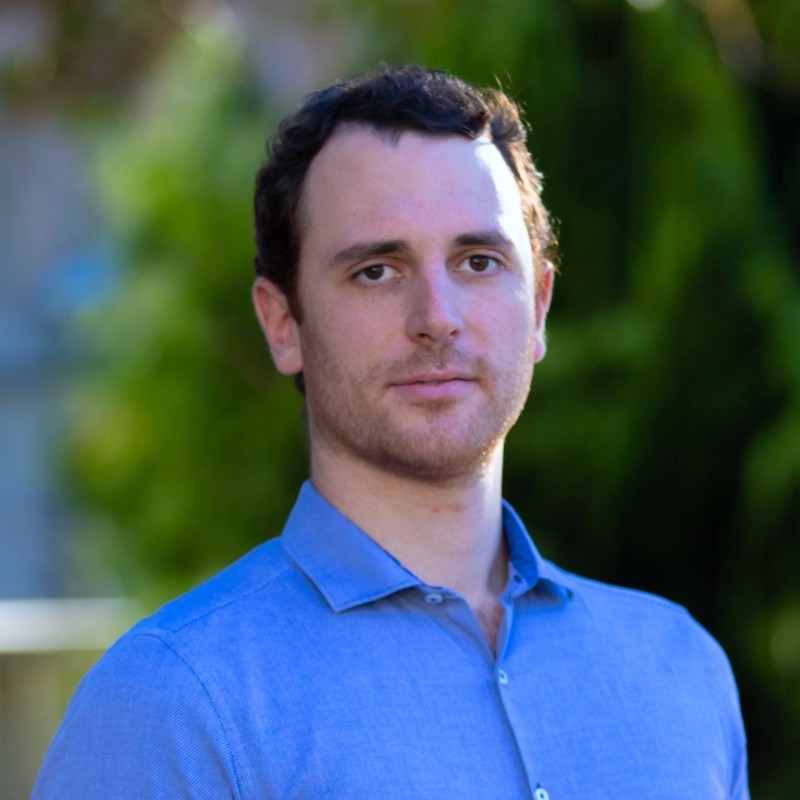Finance & Insurance Reloaded Program (FaIR)

Scientific project
In the last few years, technology has brought promising concepts to the financial industry: first big data, then machine learning, and now artificial intelligence. Banks and insurance companies were ready for big data while most asset managers were not. A majority of market participants already had methodologies to reassess the parameters of their models, via a mix of implicitation and statistical learning. Machine learning went one step further by helping to make sense of unstructured datasets; this is instrumental for insurance companies, and overall promises to provide a better understanding of client’s needs to all market participants. Robo-advisors are probably a first step towards truly intelligent agents. Nevertheless these are more a dream than anything else.
From a purely technological point of view, open source initiatives not only provided very efficient libraries to support these concepts, they also brought cryptocurrencies, and simple ways to build up middleware to very large scale around distributed architectures, columns oriented datasets and blockchains-like systems. From a business perspective, smaller innovations have already brought disintermediation to other industries. The way this wave of innovation will reshape the large system of intermediaries that is the financial system remains an open question. On the one hand it will increase its fragmentation, on the other hand it will increase financial inclusion; the balance between these two trends has to be investigated.
French academics laboratories are contributing to the theoretical and practical sides of these advances, and some French companies (start ups or larger companies) are in competition to reorganise the financial landscape. Some workshops and conferences took or are taking place around these innovations, some of them under the auspices of the Louis Bachelier Institute. Nevertheless, a more thematic and transverse approach could give some impulse to innovation in this domain. The key point is to confront academics with practical problems, raised by the industry and regulators. Another important point is education, at two levels: Master’s students and continuous education.
Beyond synchronisation and communication efforts that can start as soon as possible, 2019 will be the perfect year to organise a new kind of thematic semester to debate around the the start of the art, and stimulate ideas across world class academics and companies. Paris should offer, in a post-brexit era, a platform to stimulate creativity around the “computerization of finance”.
The Transversal Research Program will be based on this cartography of topics related to Computerization of Finance. This cartography will be continuously updated and will be used to identify gaps in terms of research projects, to promote the launch of new research initiatives under the umbrella of the ILB.
Distribution of Financial Products
(towards the outside of the financial system)
Decision support and intermediation (for internal and external clients)
Theme: intermediation and distribution confronted to innovations in infrastructure (like blockchain) and in decision support (like AI). This allows more flexibility and fragmentation, thus can modify the business models. The better the knowledge of clients, the more customized products (based on standardized building blocks). Regulation will have to adapt.
Intermediation Of Risk
(inside the financial system)
Improvement of risk hedging / valuation of financial products. We can imagine implementing risk monitoring and hedging at the scale of a whole bank (cross assets, including counterparty risk). It will be soon feasible to compute all the sensitivities we want, but which ones do we want? And what about liquidity risk and taking into account the behaviour of other institutions?
Better Connection to the Real Economy
With the availability of new sources data, it is now possible to build “extra financial view” on companies. How to include this source of information in the valuation of tradable assets. How will this information contribute to the price formation during the life cycle of companies / projects?



